A week before militant commander Burhan Wani was killed, Union Home Minister Rajnath Singh had visited Kashmir. Chairing a meeting of all those responsible for security, he gave orders that were interpreted as ‘kill Burhan’. The minister’s visit was prepared by the home secretary and other top officers. Nobody evidently briefed them on the likely consequences of killing Burhan.
When Burhan was killed, the Valley exploded in rage. A couple of weeks later, the same minister was back in Srinagar, repeatedly announcing this time that he had come with an open mind to hear anyone who wanted to talk to him. He did listen solicitously to the few who went to see him. But it was too little too late. The die was cast.
Prime minister Narendra Modi’s speech when he inaugurated the Chenani-Nashri tunnel on the Jammu-Srinagar highway on Sunday showed that the government’s mindset remains the same as it was when the home minister ordered Burhan’s killing in the beginning of July.
This nationalist mindset insists on viewing unrest and anger in Kashmir as — and only as — ‘Islamic terrorism’ and ‘paid stone-pelters’. Those in government have resolutely refused to ask why Burhan’s killing provoked such a massive response, or tried to understand what Burhan represented to his age group and to current teenagers in south Kashmir.
In the same vein, the prime minister highlighted the tunnel as a symbol of progress and development, and said it would bring market access and tourists to the Valley. He called on Kashmiri youth to choose between terrorism and tourism, holding that tourism opportunities had been lost for four decades.
Form and perceptions
The fact is that most Kashmiris understand how much the government of India has spent on Kashmir over the decades, but tend to take it as a right. What matters to them far more than the substance of the Centre’s gifts is the style in which these are presented.
The first time I met the late Kashmiri leader Abdul Ghani Lone almost three decades ago, he expressed this in a telling metaphor which I did not then entirely understand. The government had treated Kashmir like a bride, he said. When Kashmir asked for water, it was handed milk - ‘par woh doodh chappal me daal ke diya’ (but the milk was given in a slipper).
Of course, that is not how the giver meant it. But it is vital to understand how it was perceived. Familiarity with Kashmiri culture would teach one the importance of form, of culturally established etiquette, of style, of endless ’nos’ that mean ‘if you insist’, and endless affirmations that mean ’no’. Culture, as the Right as well as the Left would affirm, are imperatives of the age. And who could understand the importance of symbolism and presentation better than the prime minister?
Protocol questions
By and large, Kashmiris did not focus much on the prime minister’s speech at the tunnel inauguration, but were aghast at the image —the lack of importance and ceremonial protocol accorded to their chief minister. Ironically, even some of those who scoff at ‘mainstream’ parties as ‘collaborators’ were upset.
On television and online videos of the tunnel inauguration, Chief Minister Mehbooba Mufti could barely be seen behind governor NN Vohra, who stood behind the prime minister. All three drove through the tunnel on an open ceremonial jeep. When the prime minister strode off the jeep to inspect a booth midway, the governor hurried to catch up with him. The chief minister was left behind, invisible on screen.
Technically, there was nothing wrong with the protocol hierarchy. However, in an age of selfies, the image is the message. However unintended it might have been, the perceived slight in the visual message grated in many Kashmiri minds — the way the prime minister’s remark during a public meeting in November 2015 had. After the then chief minister (and Modi’s coalition partner), Mufti Sayeed, had given some suggestions in his speech, the prime minister said that he knew Kashmir well and did not need anyone’s advice.
That has also played a role in shaping Kashmiris’ responses since then. People by and large had been delighted when it was first announced that Modi would spend his first Diwali as prime minister in Kashmir. But that elation turned to bitterness when it turned out that he would not spend it with common people — who were still struggling to recover from devastating floods - but with the army.
The country faces an extremely challenging situation in Kashmir. It is imperative that the government hones up on the sort of cultural symbolism that would give it better access to minds and hearts.


)



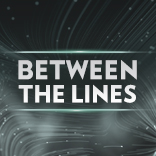
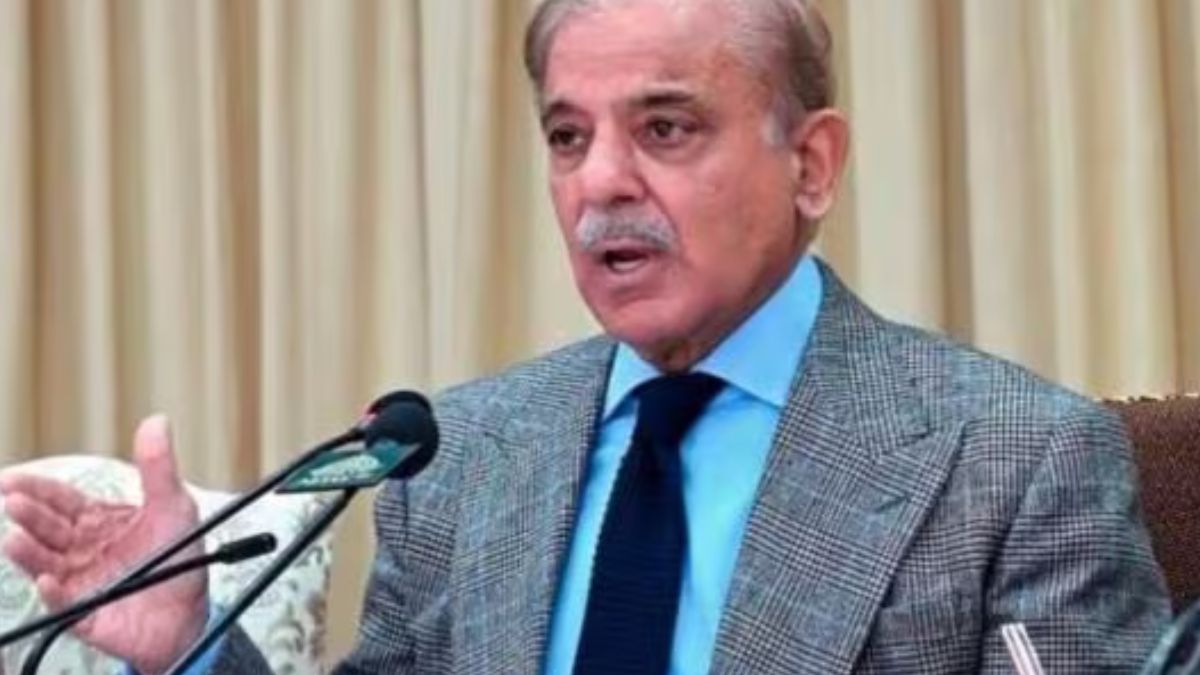)
)
)
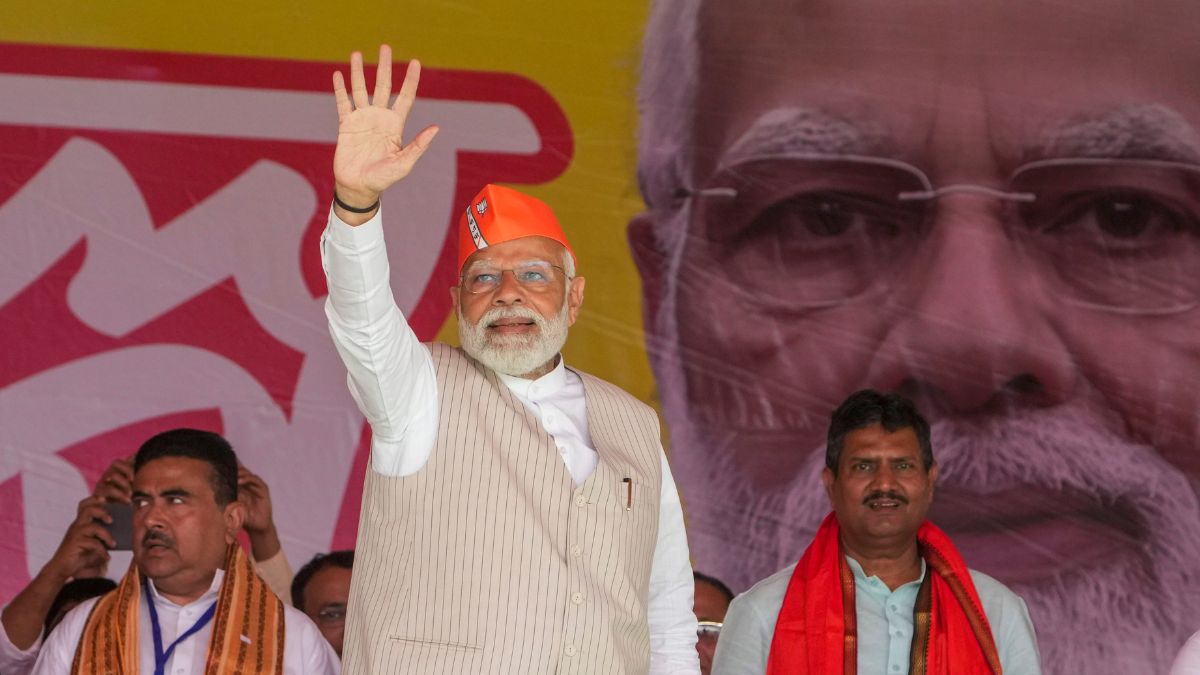)
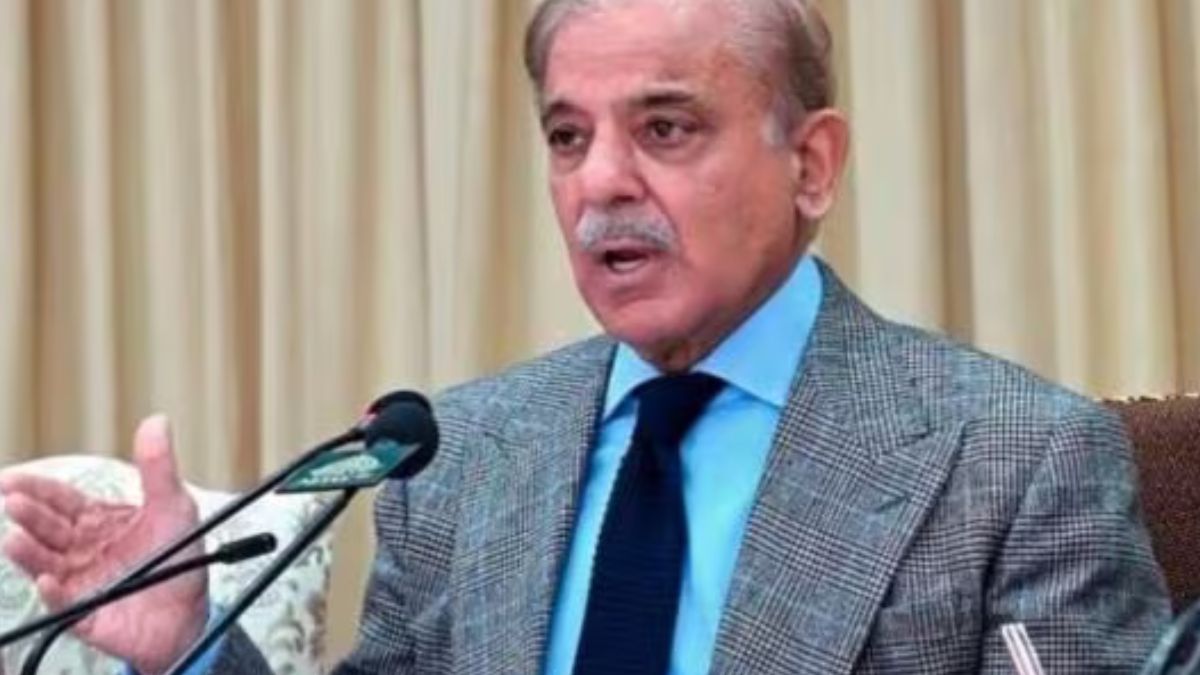)
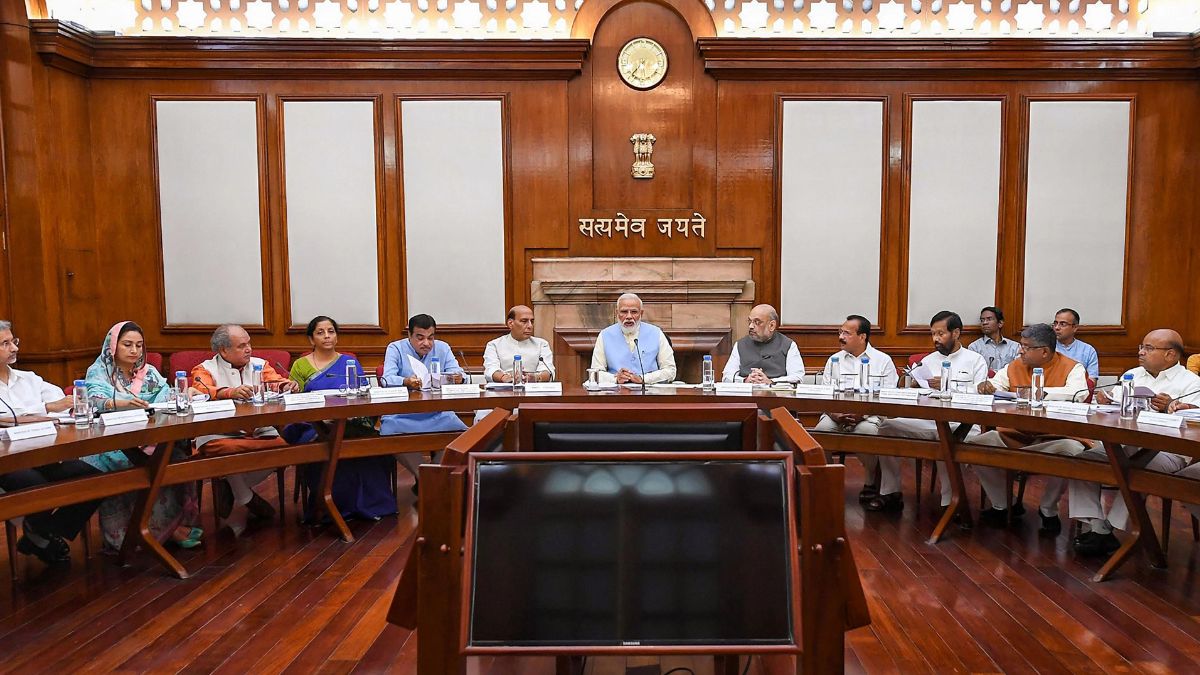)
)
)